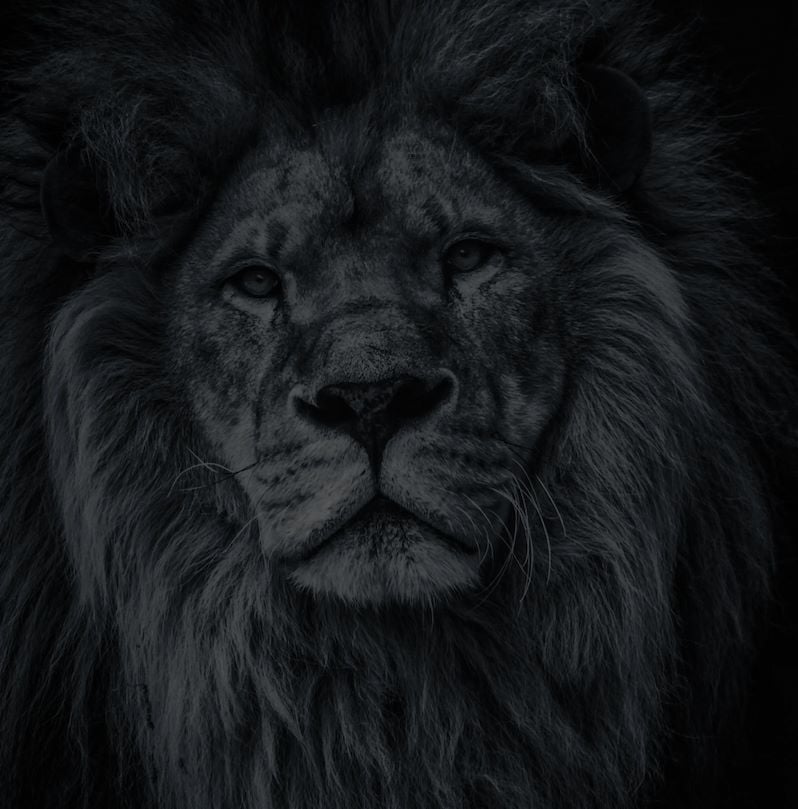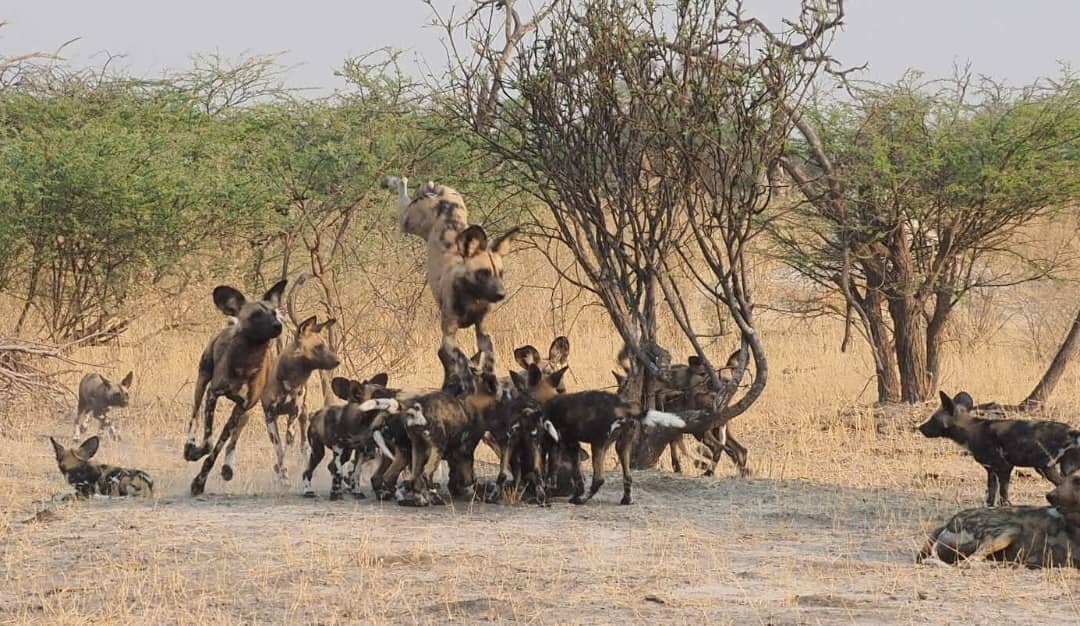Wild dog breeding dynamics
By June 2023, three of the Chaos Pack females were pregnant. Wild dogs breed seasonally, with the peak period from April to September, especially in late May. Unlike other dog species, their mating process is brief, typically lasting just a minute. Following a gestation period of about 70 days, the female gives birth to a litter that can range up to 21 pups, though the average is between 7 and 10. The pups begin weaning at around 14 days and continue to suckle for about three months.
Other pack members, often non-breeding adults related to the breeding pair, play crucial roles in raising the pups. After the initial weeks post-birth, the mother relies on the pack to bring back food or regurgitate it for the pups, allowing her to stay at the den. Wild dogs often reuse large dens, like abandoned aardvark or warthog holes, for giving birth and raising their young.
"We think one female may have abandoned her pups, as we never saw them. The other two females birthed a litter each, resulting in 14 pups in total. Now, there is a belief that alpha females won’t allow litters born to subordinate females to survive. We have found this to be false; what has happened is, the alpha female has taken the beta female’s pups into her own den, caring for them. This frees up the beta female to hunt with the pack, essential when there are extra mouths to feed. In this case, there was no harassment, no killing; the alphas and the rest of the pack all cared for both litters of pups”, explains BB.




